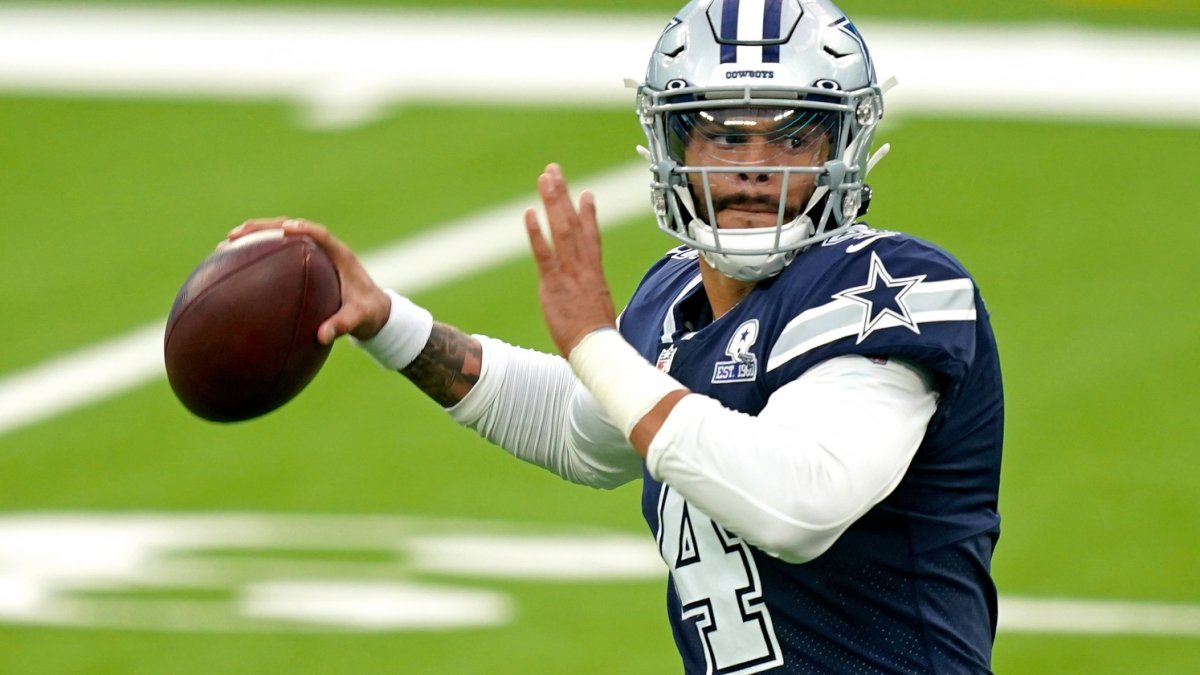Every week throughout the 2020 season, we'll revisit the biggest storylines around the NFL's quarterback play and try to add proper context to PFF grading and traditional stats.
Before we start, here are a few disclaimers to aid in the understanding of the PFF system and its interaction with box score stats.
- There's no doubt that quarterback play is the biggest driver of passing production, and most people are conditioned to have a picture of how well a quarterback played based on the five basic box score stats — completions, attempts, yards, touchdowns and interceptions.
- The reality is that the best quarterbacks will rise to the top, or close to it, statistically over time, but in one-game samples or even full seasons, there are other forces at play that heavily influence those numbers.
- The PFF grade is here to isolate the quarterback's play away from his playmakers, playcaller, opposing defense and anything else that could influence his statistics. We give credit for good throws regardless of the result, and we do the same for bad throws. The PFF passing grade has proven to be one of the most stable passing metrics available, and we believe adding proper context to every play is crucial for long-term player evaluation.
Week 5 is in the books, so here's a look at some of the top stories from the latest slate of NFL games.
[Editor's Note: PFF's advanced statistics and player grades are powered by AWS machine learning capabilities.]
The aggressive style works for Derek Carr
Prior to the season, I wrote about the value of quarterbacks, particularly mid-tier quarterbacks, playing a more aggressive style. On Sunday, we saw Derek Carr attempt seven deep (20-plus-yard) passes, and he hit on four of them for a career-high 219 yards. It tied the most deep attempts for Carr since Jon Gruden took over as head coach in 2018, and the 219 yards are 79 more than Carr’s previous career-high of 140 from Week 12 of 2015.
While football is certainly more complicated than “just chuck it down the field,” this was the necessary adjustment to keep up with the Chiefs’ offense. You can only keep the ball away from them for so long with a run-first approach, and the Las Vegas Raiders decided to be more aggressive with the downfield passing attack.
Exclusive content for premium subscribers

WANT TO KEEP READING?
Dominate Fantasy Football & Betting with AI-Powered Data & Tools Trusted By All 32 Teams
Already have a subscription? Log in



 © 2025 PFF - all rights reserved.
© 2025 PFF - all rights reserved.